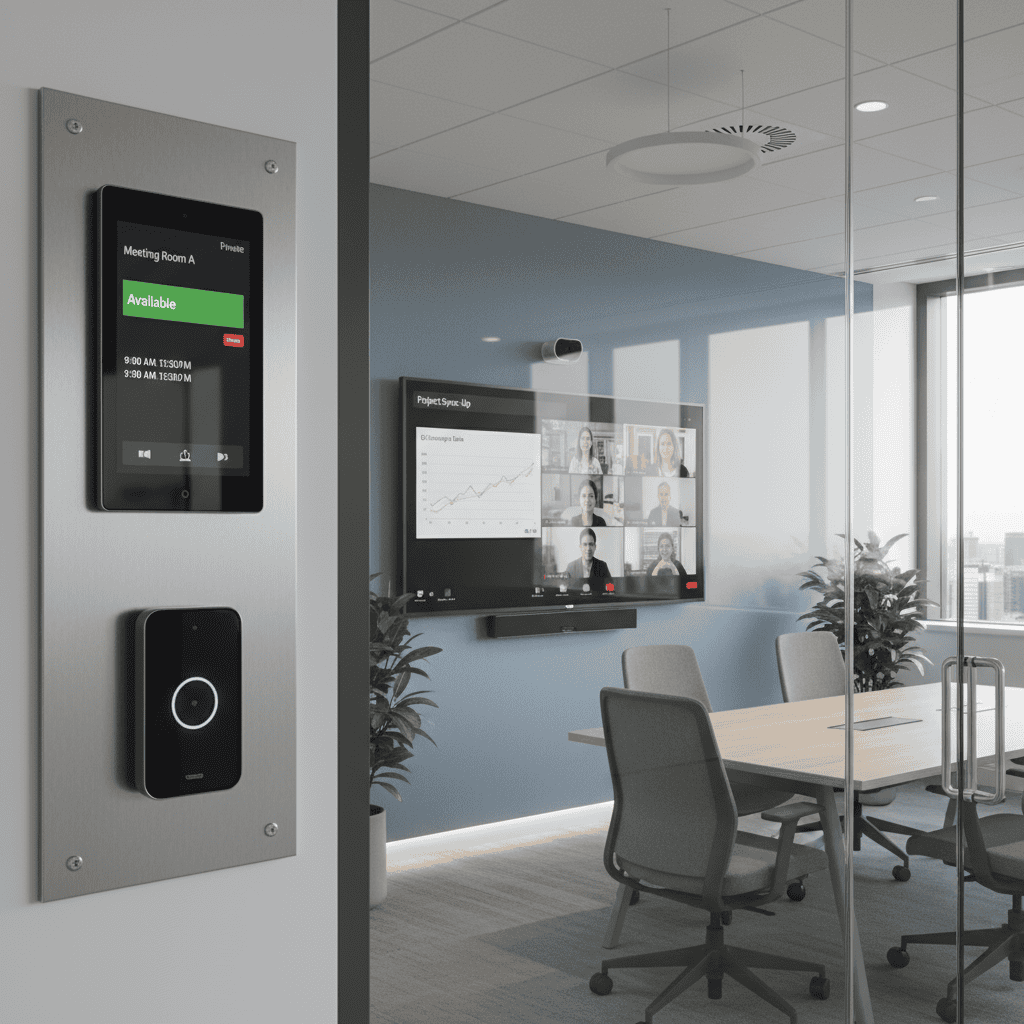Managed vs Unmanaged Switch: Everything You Need To Know

Knowing exactly what you need for your given situation can be a problem in the internet world.
Whether you are trying to find the right dog food or determine which tool you need to help with a problem, there is so much information out there!
When it comes to technology, though, we have all the information in one place. If you’re here, you’ve reached a point in your network management where you need to add more devices or improve performance.
A switch is a perfect solution to do all this!
Determining which switch is best for your situation can be tricky, though. Do you need a plug-and-play device with fewer bells and whistles, like an unmanaged switch?
Or do you need a flexible, robust device like a managed switch?
Looking down the page, we’ll be happy to help you determine who wins the classic debate of managed vs unmanaged switch.
Network Switches and What They’re Used For
A network switch is used a lot. Its primary use is connecting devices directly. With this in mind, you can connect any device over an ethernet cable to a switch. Printers, copiers, desktops, WAPs (Wireless Access Points), and many more devices can all connect to a switch.
Connecting devices with a switch causes less latency when devices on the same network are communicating. As everyone knows, time is money, and switches help everything run smoother within a network.
Most often, switches are one of the first “extra” devices added to a network . They are cheap for the performance they provide, making them a no-brainer when trying to improve your network.
As you’ll learn below switches can be very basic, but they can also get extremely complicated fast. Between filtering traffic and managing five to ten different policies, switches will always be the core of a network.
What is An Unmanaged Switch?
An unmanaged switch is a straightforward switch that allows you to plug ethernet cables into it from devices and plug-in power. It is that simple!
Once that is done, network traffic will pass threw the switch using the pre-programmed settings from the manufacturer. There aren’t any customisations or complex programs you need to learn.
Unmanaged switches provide an easy-to-set-up LAN (local area network). A switch helps your devices communicate quicker and safer. This device is perfect for people who want to increase a network’s effectiveness without much work.
After adding a switch, people notice that devices are easier to discover, data runs smoothly, and the internet is more staple.
What is a Managed Switch?
A managed switch performs all the functionalities of an unmanaged switch but with more improvements.
You can think of a managed switch as adding improvements to your car. Your car will work with a frame for you to sit in, an engine, and a few wheels, but you can always add more things like a muffler, a new stereo, or a braking system.
This switch has many functions that help with security, functionality, and compliance. Any of the below will improve your network’s capabilities dramatically.
The majority of managed switches can:
- Manage and check network traffic remotely
- Provide performance updates about the network
- Configure VLANs (Virtual Local Area Networks)
- Set up Port Mirroring for analysis
- Remove potential bridging loops using STP (Spanning Tree Protocol)
- Provide QoS (Quality of Service) interfaces to create rules for devices across the network
These functions help provide a smoother experience across the network. A managed switch will tackle many network speed issues on its own or, at the very least, tell you where the problems are occurring.
These features make everyone’s job easier and outages more infrequent.
Managed switches are a dramatic step up in technology from other unmanaged switches.
With more options comes a more complicated configuration and a need for advanced knowledge in networking.
What Are the Differences Between a Managed and Unmanaged Switch?
When talking about managed switches vs unmanaged switches, there are some important differences between the two devices. They are switches, so both will route traffic over the network, but managed switches have far more bells and whistles than unmanaged switches.
The first significant difference between these devices is their cost. With fewer options comes a lower cost point. Unmanaged switches range from twenty to three hundred dollars. Managed switches start around sixty dollars and get up to the thousands.
An unmanaged switch takes almost no networking knowledge to configure correctly. This is because it doesn’t have more requirements than plugging it in. A managed switch configured correctly will take a lot of research.
Alternatively, you can use an IT professional to help. Plugging in a managed switch is the first of many steps to properly keeping it up and running.
With these differences in mind, a managed switch will provide you with a dramatic increase in the ability to manage your network. Every device in the network runs through a managed switch and is thus a central point for troubleshooting and management.
This single, apparent point of management is fantastic for saving you time when trying to resolve any networking issues. It can also be managed remotely, so no more running into the office when something breaks!
On top of all this, an unmanaged switch is missing all of the software to provide continuity within your network. In contrast, a managed switch has the ability to resolve many problems on its own such as reducing packet collision, providing redundancy if a device’s connection is unreachable, and limiting specific devices or groups of devices from eating up your entire network.
To sum up, managed switches will always be the pick for someone who wants to manage network traffic and have control over a network. Unmanaged switches fill the gap when you need something functional, easy, and low maintenance.
When Should I Use Each?
When it comes down to it, unmanaged switches are fantastic for home networks because they are simple to use and take minimal effort to get up and running. Most homes need to add more devices to their LAN, and an unmanaged switch will do just that!
Additionally, unmanaged switches are great for small offices or groups that need something functional without much maintenance. An unmanaged switch will work on day one, and most small businesses don’t need the robust security, monitoring, or detection that a managed switch needs.
A managed switch fills in the rest of the situations. Any company that has an IT professional on staff or wants to take the time to learn how to configure a managed switch can benefit from its features.
Managed switches are typically excessive for most environments that don’t have a large number of devices. When this switch comes into play is when an organisation needs to ensure they have as much uptime as possible with security and speed in mind.
The speed factor comes in with a managed switch because it will reduce packet collisions that cause latency. Security-wise, a managed switch is vastly better than an unmanaged switch because it allows you to turn on alerts and monitor the network traffic. A managed switch can look at network traffic and determine what is expected and abnormal so that you are more aware.
Uptime is provided because of the redundancy factor mentioned earlier in the article. Redundancy is when a secondary mechanism within the device can be used when the primary function is damaged, down, or depreciated. This redundancy gives you more time to fix a problem and stops everything from coming to a grinding halt.
Switches, The Backbone of a Network
At some point, if your network is growing, a switch will become necessary. Whether it’s your home network or a full-fledged business enterprise, switches will always be essential to keep a network clean and functioning.
Managed switches are amazingly intelligent devices that allow someone complete control over their network. They are great for large groups of devices that need help knowing how to route their traffic and tend to come with a slightly higher price tag and vastly more functions than an unmanaged switch.
Unmanaged switches are superb for people who want a device they know will work and will expand their network without fuss. They will do much of what managed switches do at their core but are rigid in their configurations.
About i.e.Smart Systems
i.e.Smart Systems is a Houston, TX based technology integration partner that specializes in design and installation of audio/visual technology and structured cabling. For more than three decades, our team of in-house experts has partnered with business owners, architectural firms, general contractors, construction managers, real estate developers, and designers in the Houston market, to deliver reliable, scalable solutions that align with their unique goals.




